Want to contribute to this article?
The Energy Savings Opportunity Scheme (ESOS) Regulations 2014 prescribe comprehensive energy use and efficiency assessments at least once every four years for large private UK companies.
For quality professionals trying to focus on building streamlined processes, managing risk and passing certification audits, assessing and reporting energy use to the Environment Agency can seem an irritating distraction to get out of the way before the important work.
But there's no reason that the core quality principle of continual improvement can't be applied to energy usage - if addressed properly, the ESOS offers the groundwork for positive business change and augmentation of competitive advantage.
Here's how to take full advantage of the ESOS.

Act now
ESOS is now in Phase 2 of 3, as follows:
| Phase | Qualification date | Four-year compliance phase | Compliance date |
| 1 | 31/12/14 | 6/12/11 - 5/12/15 | 5/12/15 |
| 2 | 31/12/18 | 6/12/15 - 5/12/19 | 5/12/19 |
| 3 | 31/12/22 | 6/12/19 - 5/12/23 | 5/12/23 |
If your business employs more than 250 staff and/or has a turnover exceeding €50m, you're subject to the ESOS and are probably already familiar with it from Phase 1.
But Phase 1 compliance doesn't exempt you from Phase 2 - meaning you have until 5 December 2019 to complete your second 12-month 'reference year' of energy monitoring and reporting.
If you're already compliant with ISO 50001, the international energy management standard, you're automatically compliant with ESOS.
But plenty of non-compliant businesses panicked and reacted too late during Phase 1:
- 70% of data submissions came within two weeks of the deadline
- The cost of hiring a lead energy assessor increased exponentially with demand in the final months, dramatically increasing compliance burden
- Only 16% of businesses were fully compliant
- Almost 3000 businesses were late
- 75% of businesses had to take last-minute actions to be compliant
Inadequate recording of your energy data can be met with a fixed fine of up to £5000. Fines for late submissions can rise to £50,000. Failure to complete your energy audit can mean a £90,000 penalty. And an inaccurate or misleading statement to the Environment Agency can mean another £50,000.
The key to maximising the benefits of ESOS is acting as early as possible - minimising stress, cost and fine risk while allowing better focus on the most important aspect of the scheme: the revealed opportunities for cost savings and efficiency improvements.
So begin your reference year now, if you haven't already.
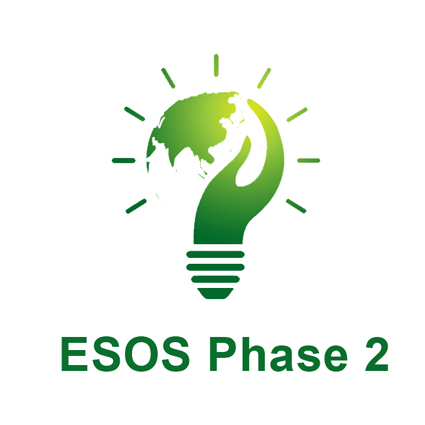
Consider boosting your auditing capabilities
Your ESOS Phase 2 audit will need to focus on the activities and assets that account for at least 90% of your company's energy use.
This might include:
- Base and peak building energy load for offices, warehouses, factories etc.
- Detailed auditing of equipment and assets and their energy expenditure, including refrigerators, computers, servers and manufacturing machinery.
- Lifecycle cost analysis detailing opportunity benefit for energy/emission savings
- Mileage information for all staff transportation: plane, train and automobile
In other words: depending on your company size, there's a potentially huge amount of energy data to be audited, collected and then recorded for Phase 2, before being signed off by a board member and approved by your Lead Assessor.
To support and simplify their ISO 50001 compliance and energy auditing programme, Sodexo sourced and implemented an electronic auditing solution including:
- Mobile capability
- Automatic report generation
- KPI dashboard for simplified analysis
Consider the tools and techniques which you can leverage or introduce to make your auditing as simple as possible - not only will it support Phase 2 and 3 of ESOS, you can improve your entire auditing structure.
It's obvious that opportunities to save energy exist all over your business. The first half of the ESOS challenge is identifying as many as you can - and for that, robust and efficient auditing is crucial.
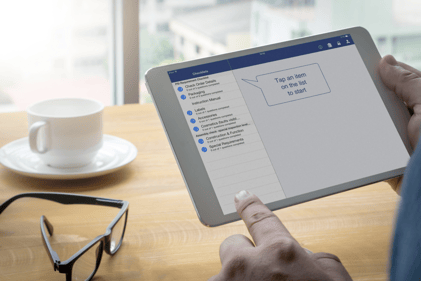
Plan, do, check, act
All that's technically necessary for ESOS compliance is planning and completing a thorough audit of your energy activity, identifying opportunities for decreasing expenditure and reporting your findings to your national scheme administrator. But checking and acting on your findings, while not mandatory, is actually the most significant part of the process.

Without it, the ESOS remains a potentially costly compliance exercise - a hoop that has been jumped through with no tangible benefits for your business.
An average of 20% of a business's annual energy cost is wasted through inefficiency. This might be:
- Not utilising power saving settings on machinery
- Inefficient heating and cooling systems
- Business processes which duplicate effort or force potentially unnecessary transportation and energy expenditure
General Electric saved themselves £2m a year simply by activating power management settings on their 75,000 computers. Energy solutions provider Sirus eliminated an inefficient 'back to base' internal auditing process by providing their remote workforce with mobile devices to complete their audits from anywhere - slicing their transport energy costs.
Then there are the obvious brand equity benefits of 'going green'. Environmental consciousness and maximised efficiency resonate for both shareholders and customers - as evidenced by Britvic's good news story last week.
Couple a greener brand with long-term cost reductions, and the potential competitive advantage provided by ESOS - if you respond appropriately - becomes clear.
So it's crucial, once your ESOS report has been submitted, to build an action plan to effect and document the changes - then report on them in your Phase 3 reference year to see what's changed.
Compliance exercises should be positive, constructive opportunities to build the quality of your business wherever possible. In this regard, the Energy Savings Opportunity Scheme is no different.
Next steps
Aiming for ISO 50001 compliance? Our software can be used for a complete EnMS. Download our energy management system datasheet for more information:




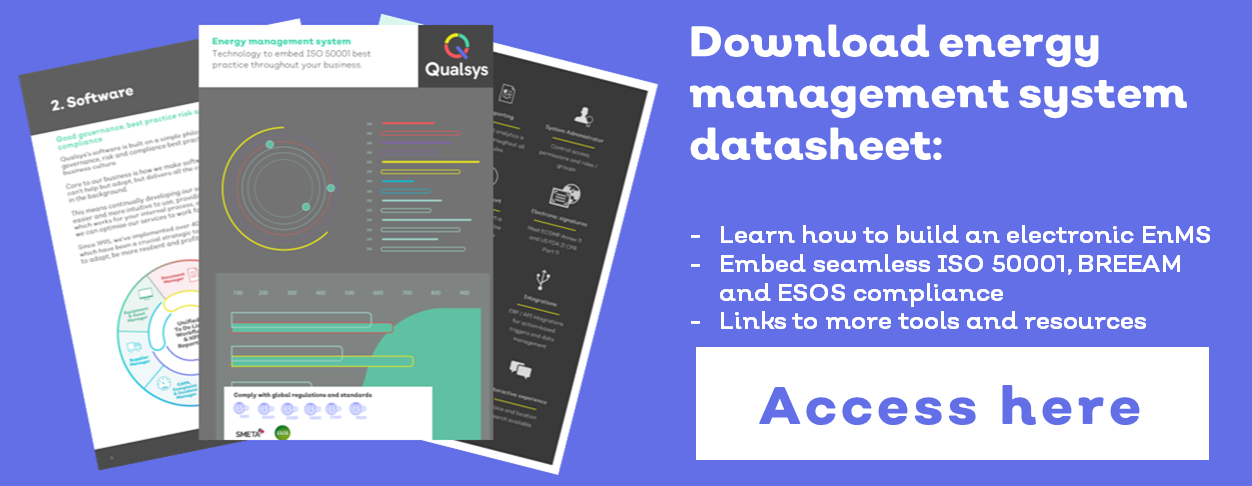
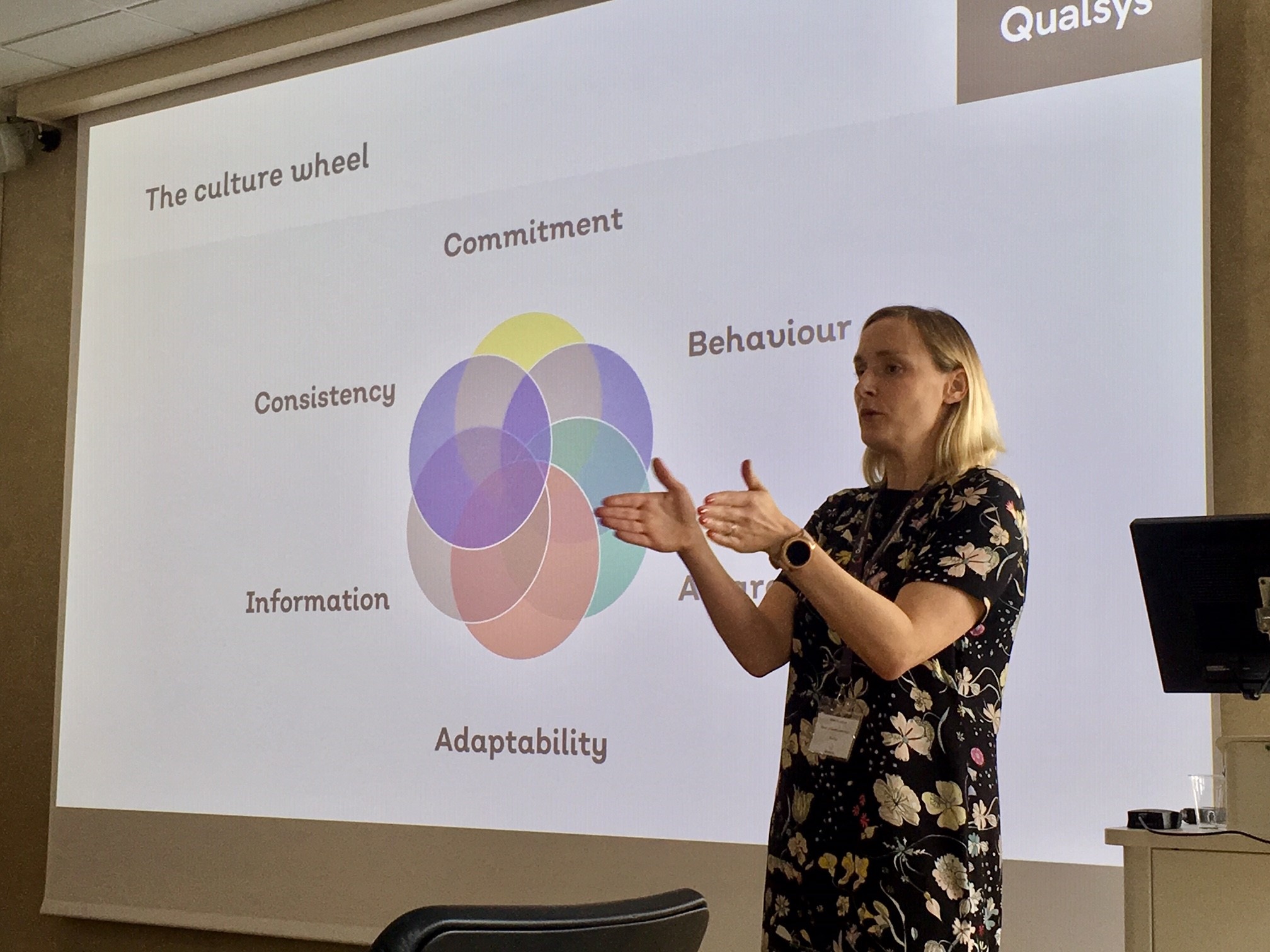

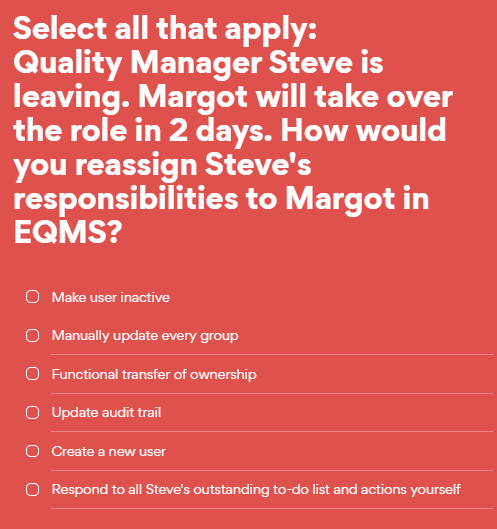
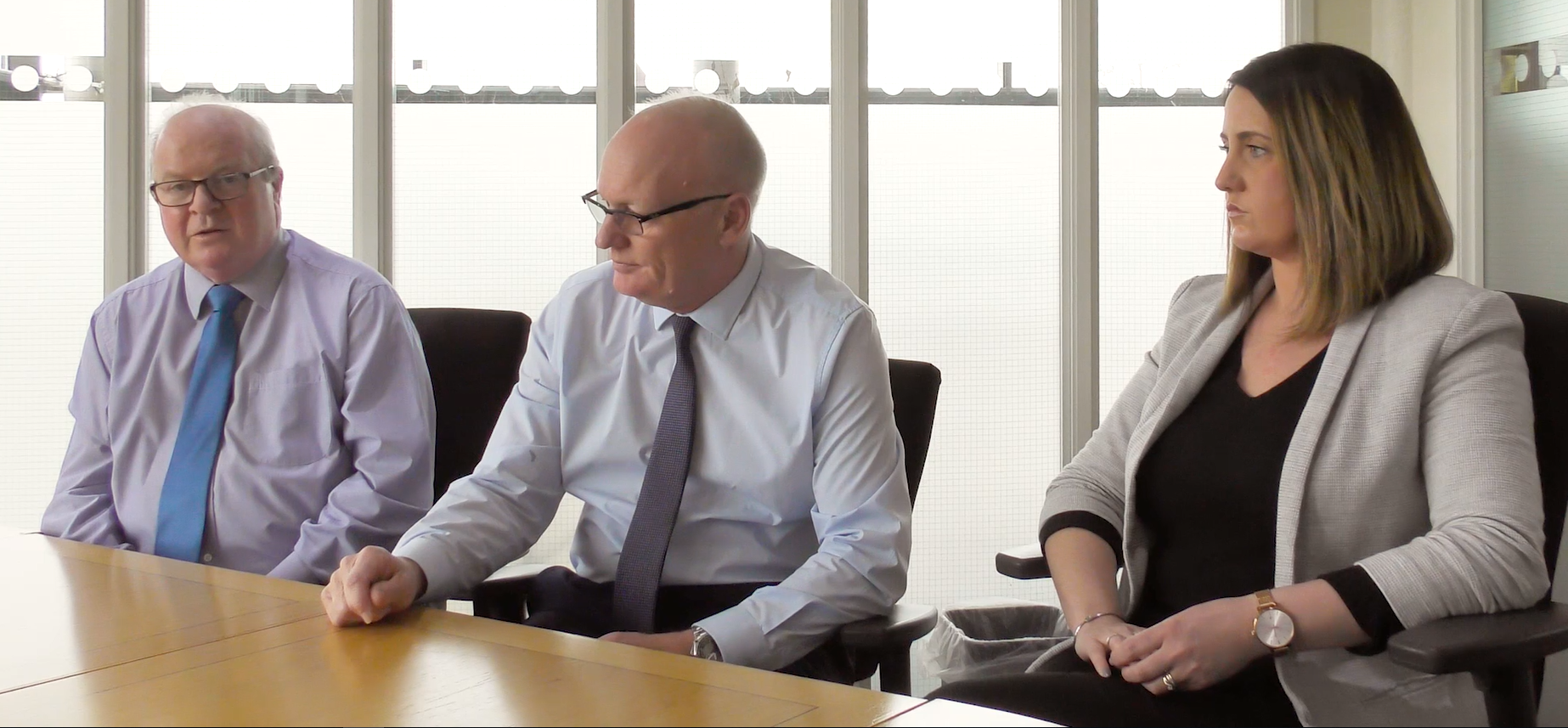
Share your thoughts on this article